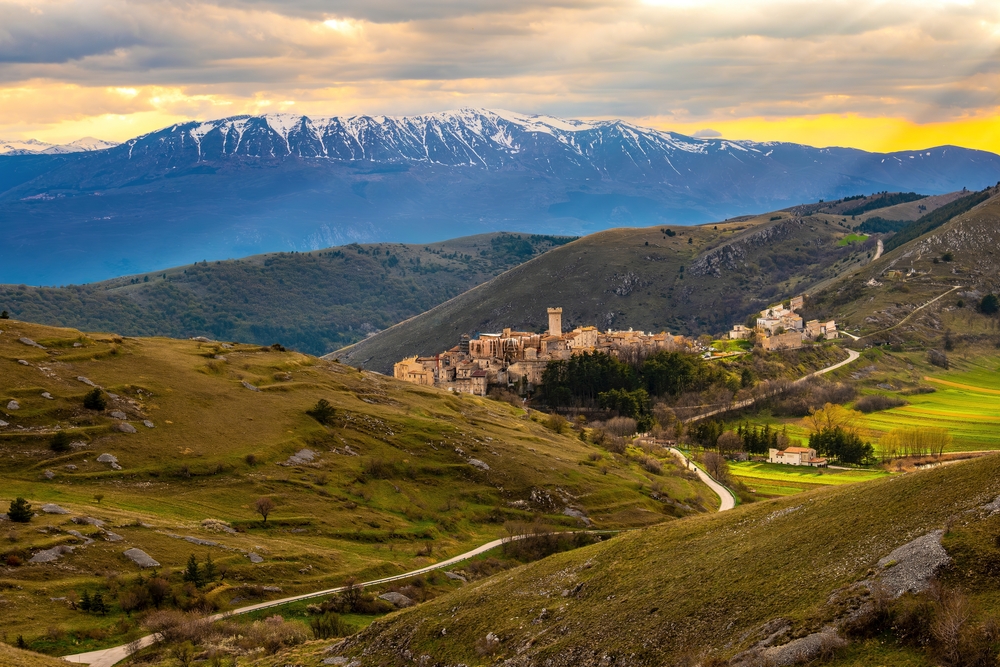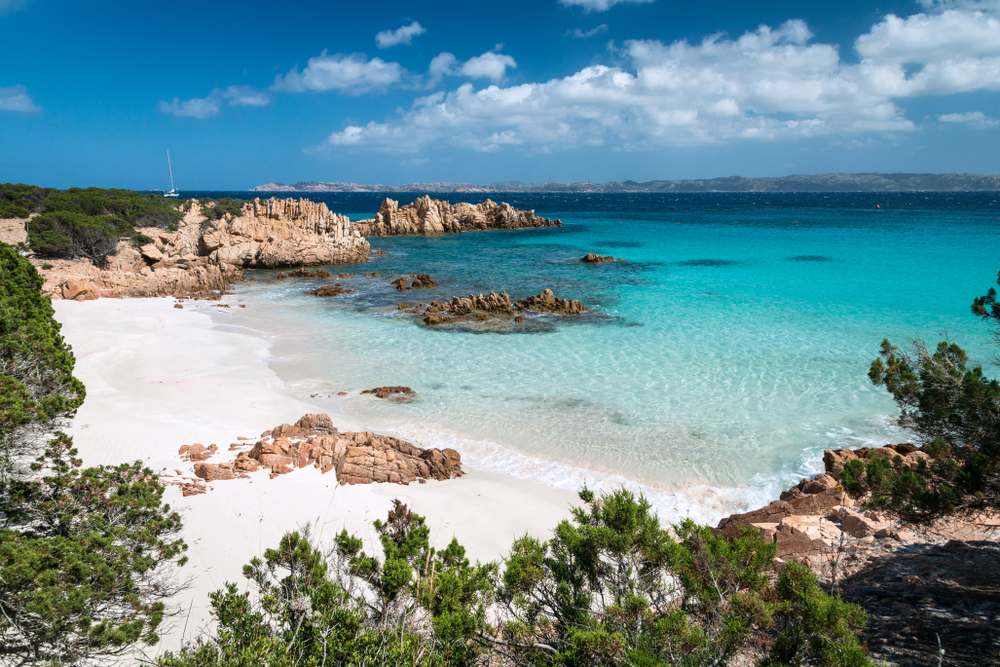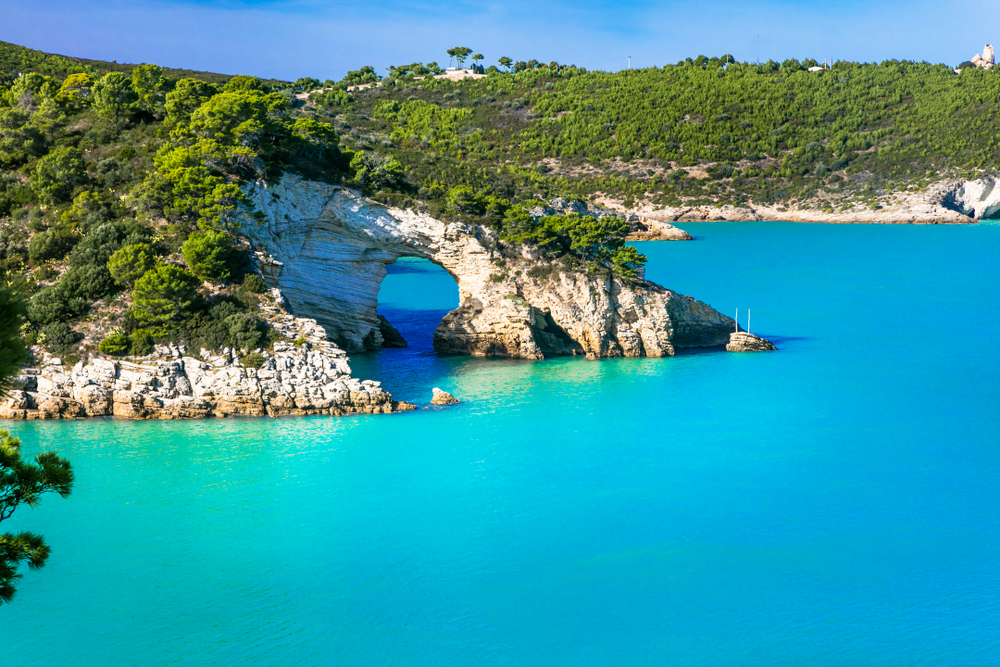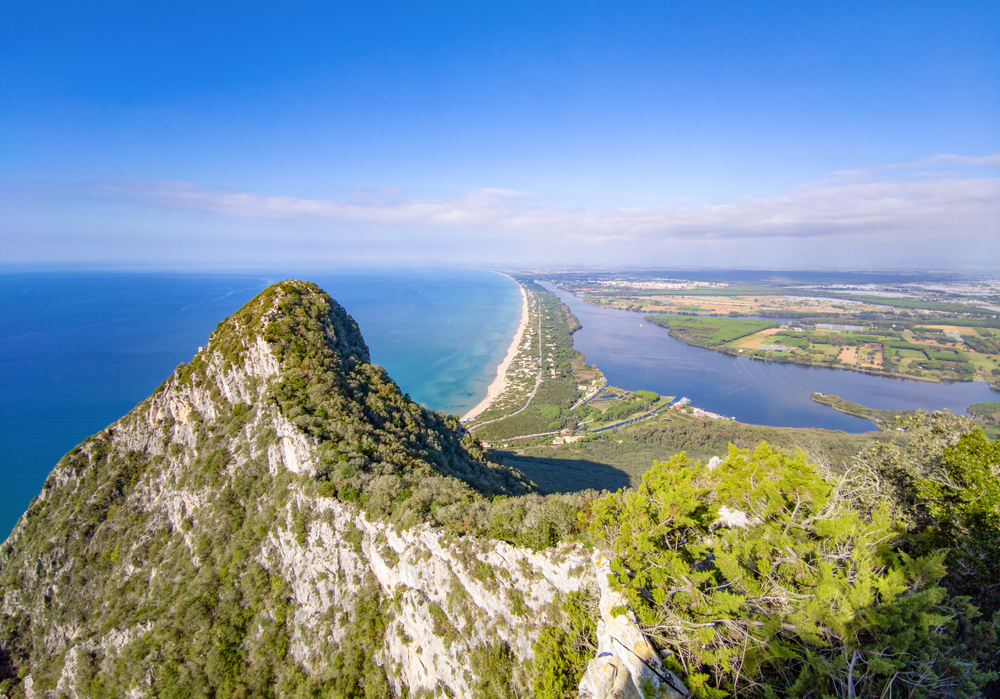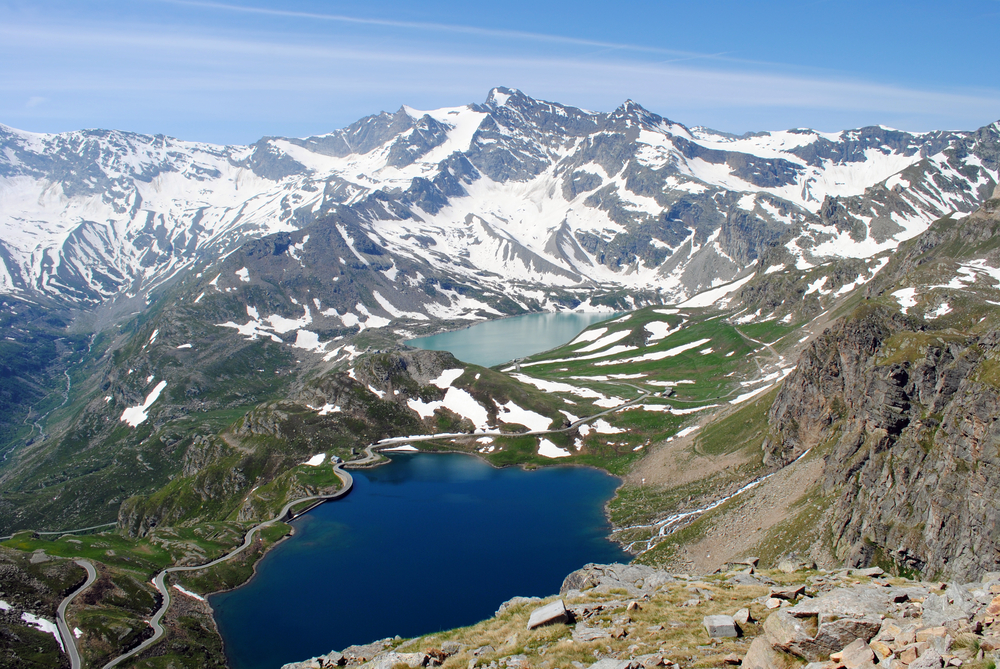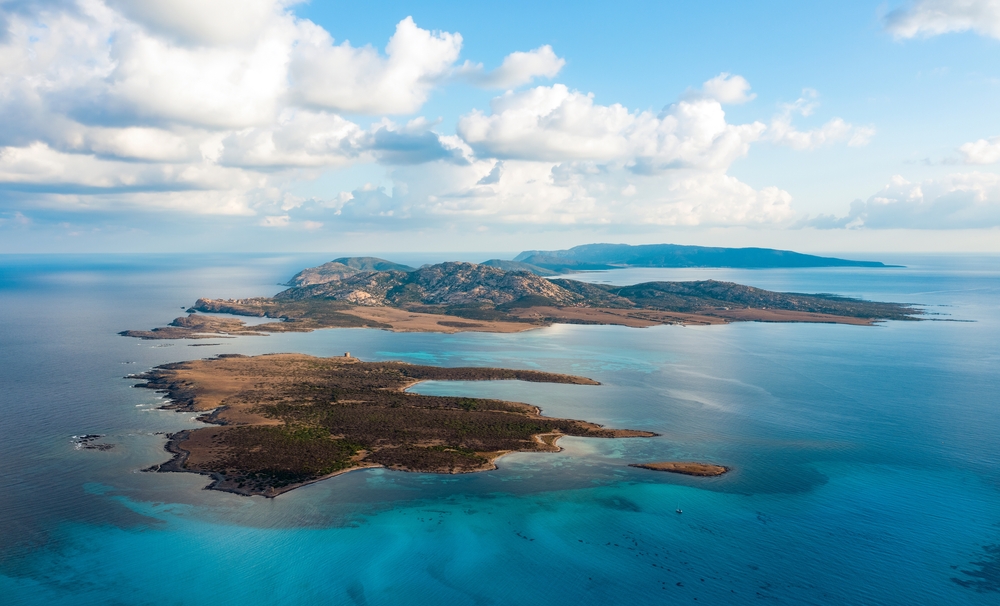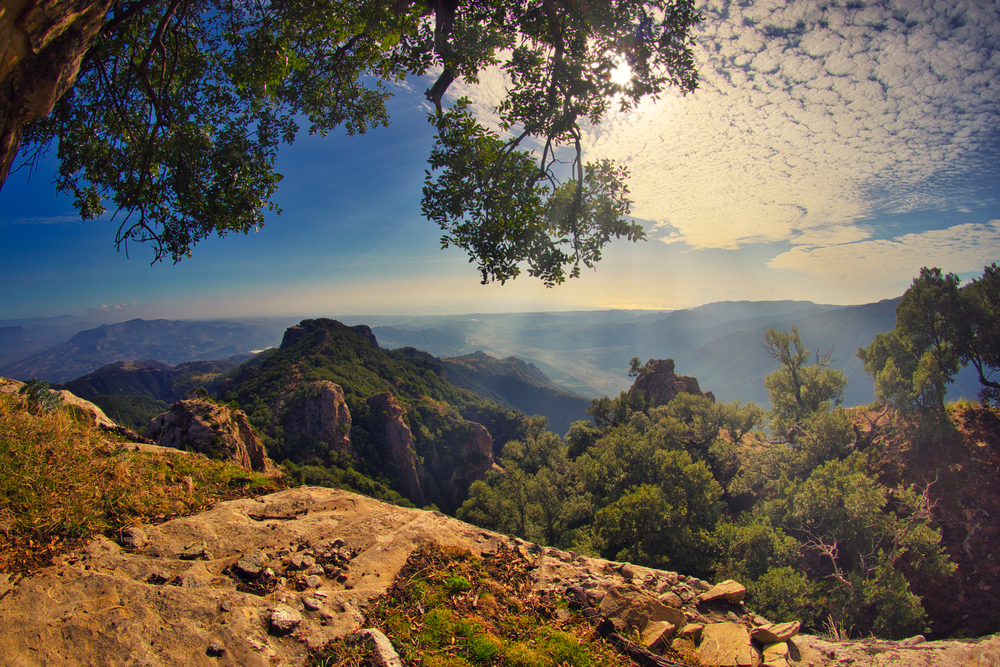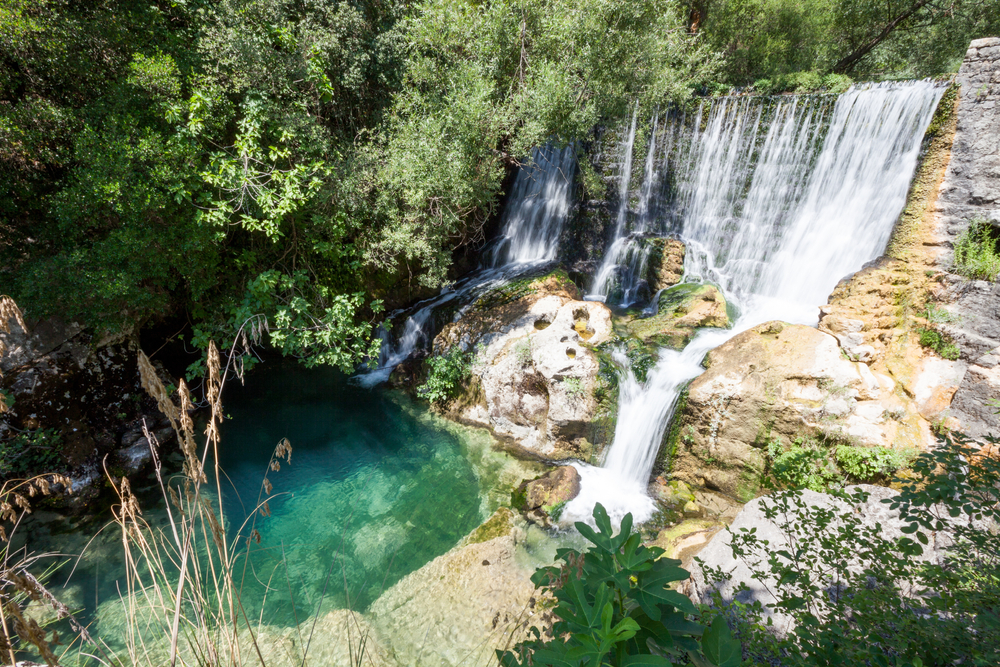Gran Sasso e Monti della Laga Overview
Gran Sasso e Monti della Laga National Park, known in Italian as Parco Nazionale del Gran Sasso e Monti della Laga, is one of the largest and most ecologically diverse protected areas in Italy.
Spanning approximately 583 square miles (1,510 square kilometers), the park is located in central Italy, encompassing parts of the Abruzzo, Lazio, and Marche regions. The park is named after its two main mountain ranges: the Gran Sasso d’Italia and the Monti della Laga, both of which contribute to the park’s dramatic and varied landscape.
The Gran Sasso massif is home to Corno Grande, which at 9,554 feet (2,912 meters) is the highest peak in the Apennine Mountains. This imposing mountain is composed of limestone and dolomite and is often blanketed in snow well into the warmer months.
Below Corno Grande lies the Calderone Glacier, the southernmost glacier in Europe, though it has been shrinking due to climate change. In contrast, the Monti della Laga range is characterized by a softer, more eroded landscape, covered in beech forests and traversed by numerous rivers and waterfalls.
Some of the park’s most scenic waterfalls, such as Cascata della Morricana, highlight the rugged beauty of this region. Meadows, plateaus, and karst formations add further depth to the park’s diverse topography.
The park’s flora is as rich as its landscapes, with an array of ecosystems supporting over 2,000 plant species. High-altitude meadows burst into color during the spring and summer months, showcasing rare alpine flowers such as the Apennine edelweiss and gentians.
The lower slopes and valleys are densely forested, primarily with beech, oak, and chestnut trees, while the vast plateaus, such as Campo Imperatore, are characterized by rolling grasslands.
Wildlife thrives in this protected area, making it a haven for nature lovers and wildlife enthusiasts. The park is home to the elusive Apennine wolf, a subspecies of the gray wolf, as well as the Marsican brown bear, though sightings of this rare species are infrequent.
Other notable mammals include the European wildcat, roe deer, and the Abruzzo chamois, a subspecies of chamois that was once on the brink of extinction but has seen population recovery due to conservation efforts. The park is also an important habitat for bird species, including golden eagles, peregrine falcons, and the rare white-backed woodpecker.
Gran Sasso e Monti della Laga National Park offers a wealth of outdoor activities for visitors. Hiking is the most popular way to explore the park, with well-marked trails leading to panoramic viewpoints, remote valleys, and high-altitude peaks. Campo Imperatore, often called “Little Tibet” for its vast, open landscape, is a favorite among hikers and photographers.
The park also provides opportunities for mountain biking, horseback riding, and, in winter, skiing in areas like the Campo Imperatore ski resort. Rock climbing and alpine mountaineering attract adventure seekers, particularly those looking to scale Corno Grande.
Conservation has been a central focus of the park’s management, with ongoing efforts to protect endangered species, restore habitats, and combat climate change’s impact on the glacier and biodiversity.
The park’s reforestation projects and wildlife monitoring programs have contributed to the successful recovery of several species. However, challenges remain, including habitat fragmentation, illegal hunting, and the increasing pressure of tourism.








































































